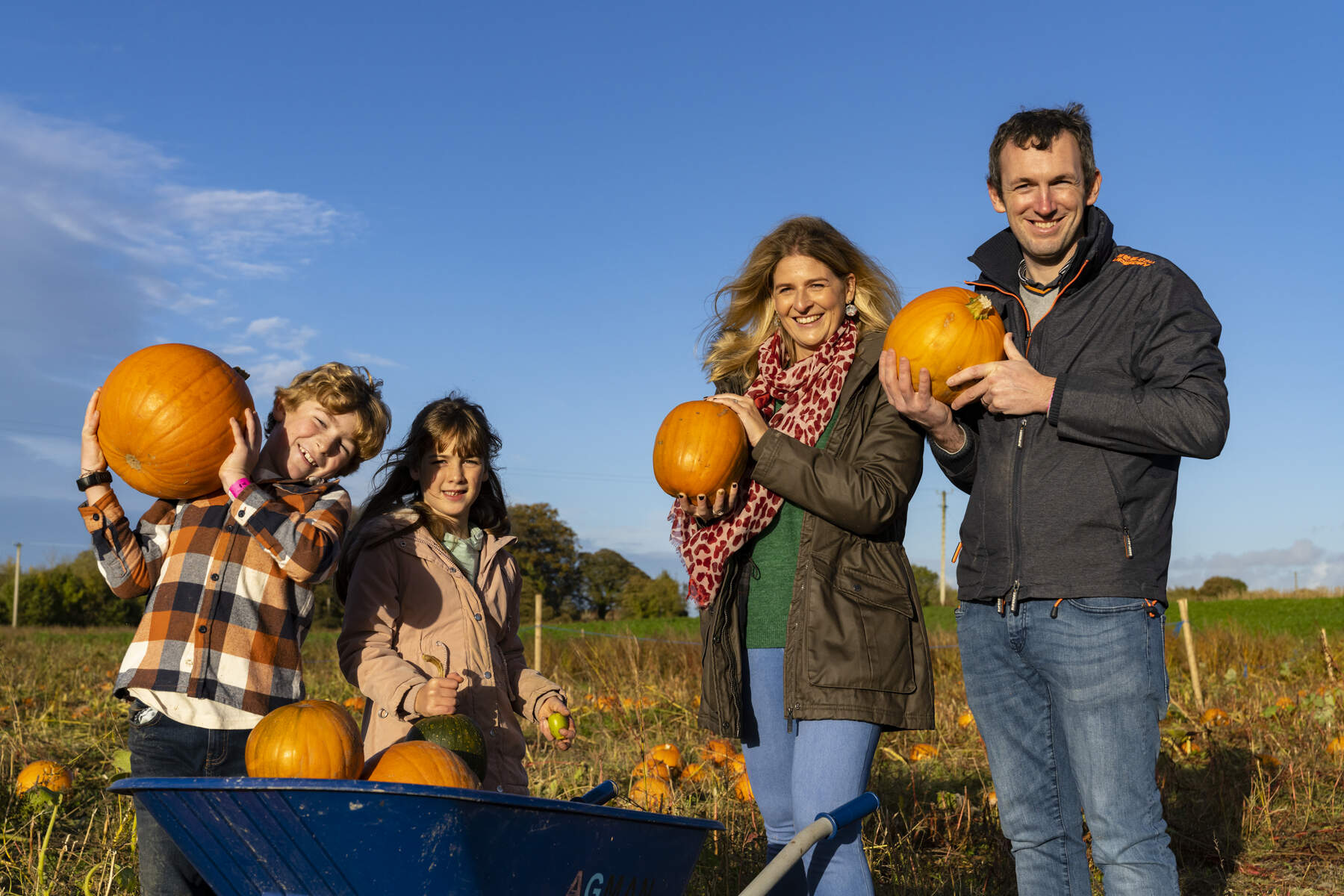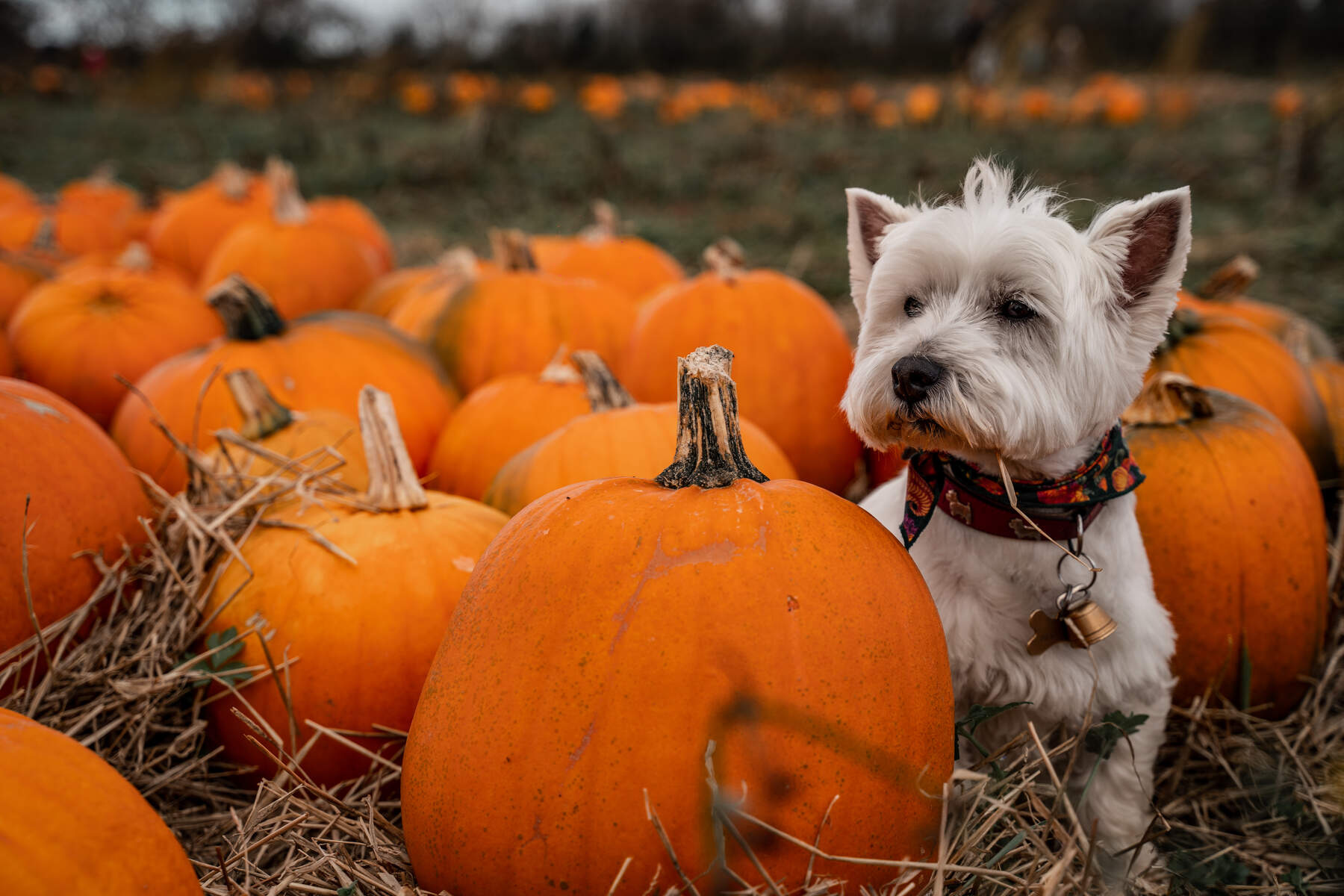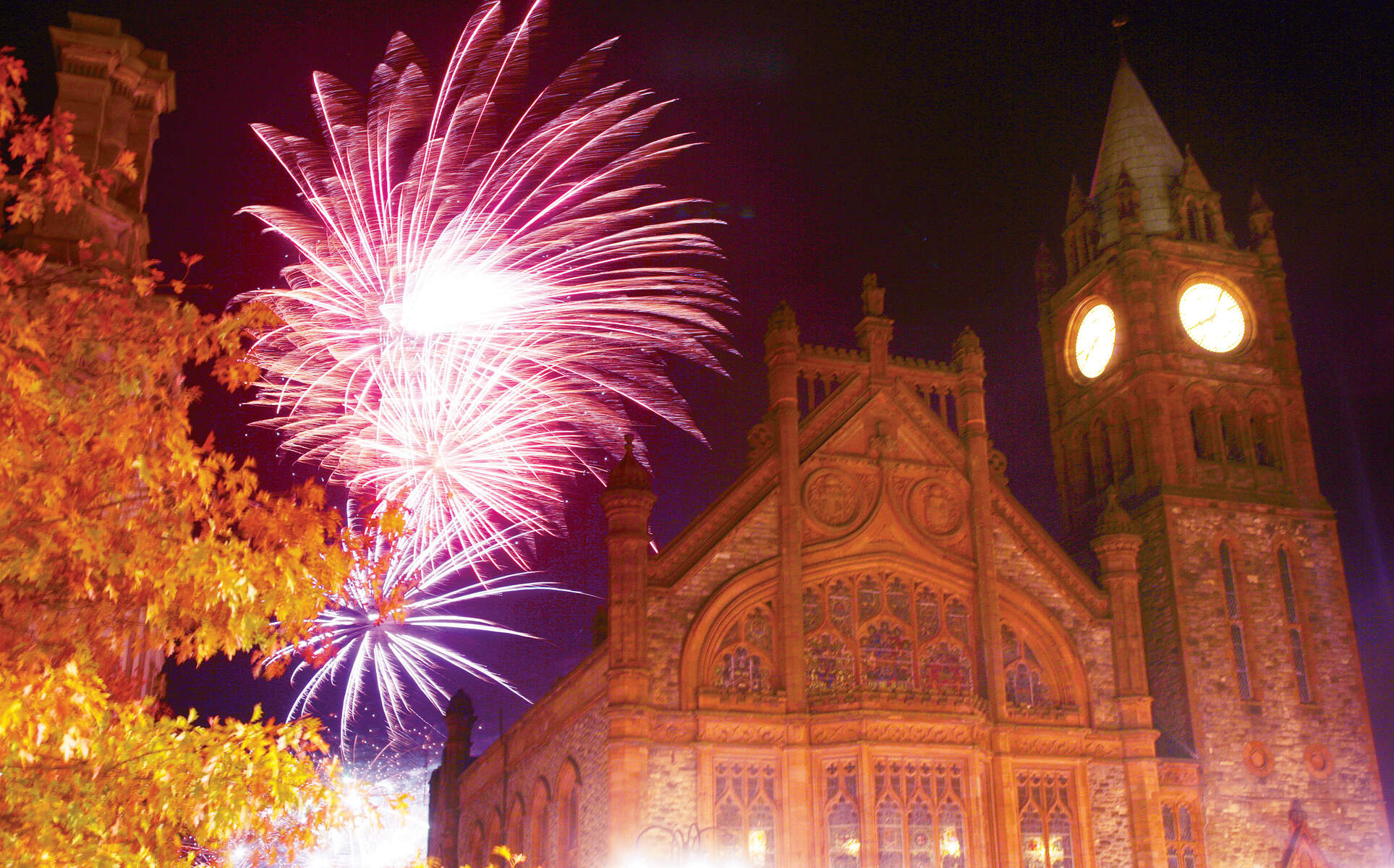Why is Ireland known as the birthplace of Halloween?
23/10/2023
Halloween, a holiday celebrated around the world, is synonymous with spooky costumes, haunted houses, and an abundance of sweet treats. While it has evolved over the centuries into a commercialised holiday, the roots of Halloween can be traced back to the Celtic traditions of ancient Ireland. In this blog post, we will explore the rich history and fascinating origins of Halloween, with a special focus on how Ireland is indeed the birthplace of this beloved holiday.

Celtic Origins
Halloween, also known as Samhain, can be traced back to the ancient Celtic festival of Samhain, which marked the end of the harvest season and the beginning of winter. The Celts, who inhabited what is now Ireland, the United Kingdom, and northern France, celebrated Samhain on the night of October 31st. They believed that on this night, the boundary between the living and the dead was blurred, allowing spirits and other supernatural entities to roam freely.
Bonfires and Costumes
One of the most iconic aspects of modern Halloween celebrations—bonfires and costumes—can be directly linked to the traditions of Samhain in Ireland. The Celts would light large bonfires to ward off evil spirits and donned costumes made from animal skins and heads to disguise themselves from wandering ghosts. These customs laid the foundation for the costume and bonfire traditions we still observe today.
Trick-or-Treating: The Celtic Connection
The practice of trick-or-treating, has its roots in Ireland as well. During Samhain, the Celts believed that offering food to the spirits would ensure protection for the coming year. In a reverse form of trick-or-treating, they would leave out treats to appease the roaming ghosts. This concept later evolved into the modern custom of children dressing up and collecting treats from their neighbors.
The Christian Influence
As Christianity spread across Europe, the Church sought to replace pagan festivals with Christian holidays. In the 7th century, Pope Boniface IV designated November 1st as All Saints' Day, a day to honor saints and martyrs. October 31st became All Hallows' Eve, and eventually Halloween. The Church attempted to Christianise the Celtic traditions, but many of the ancient customs persisted.

Jack-o'-Lanterns and the Legend of Stingy Jack
The tradition of carving jack-o'-lanterns, originally using turnips in Ireland, is linked to a folk legend. The tale of Stingy Jack, a trickster who outwitted the Devil, has been told for generations. Jack was condemned to wander the earth with only a hollowed-out turnip with a burning coal inside to light his way. This gave rise to the Irish tradition of carving frightening faces into turnips and, later, pumpkins.
Modern Celebrations in Ireland
While Halloween has become a globally recognised holiday, Ireland still holds a special place in its heart for the celebration. In recent years, the country has embraced Halloween as a major festival. The town of Derry in Northern Ireland even hosts the annual Banks of the Foyle Halloween Carnival, a week-long extravaganza of parades, concerts, and fireworks.

So, as you put on your costume and carve your jack-o'-lantern this October 31st, remember that you are participating in a celebration with roots that reach back thousands of years to the enchanting and mystical land of Ireland, the true birthplace of Halloween.
We have a great choice of Halloween Breaks now available to book. Click here to view our offers.
Header Image: Halloween at Hillsborough Castle and Gardens, Royal Hillsborough, Co. Down. Courtesy of Historic Royal Palaces

